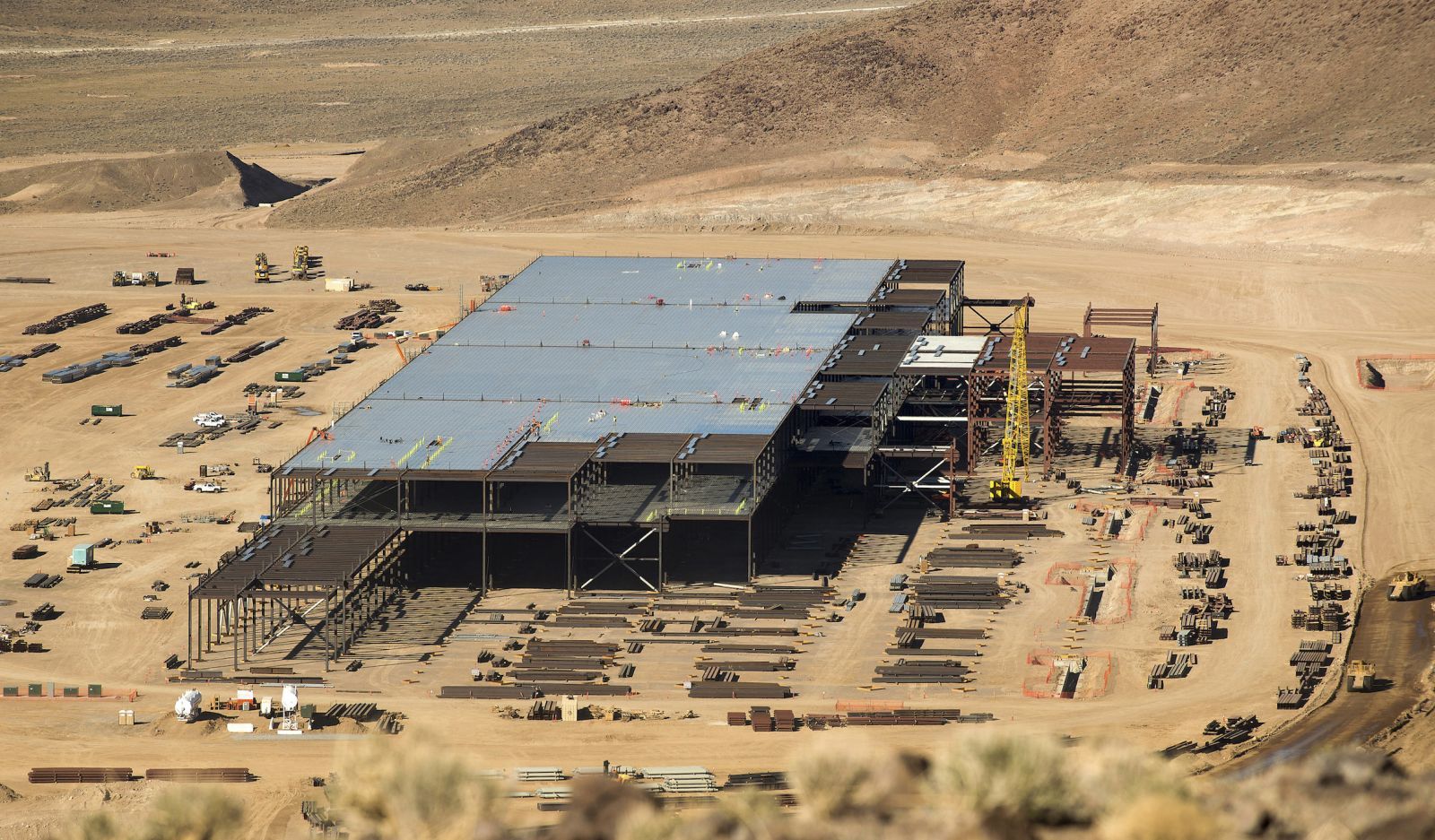
Tesla fans love data as much as their cars. A few hundred recently banded together to share data on their cars’ battery performance.
A massive Google spreadsheet pooled data from 419 users mostly in the US, Europe and Asia covering all of Tesla’s models (the S, X and 3). They found that Tesla’s lithium-ion batteries, like those used by all other electric vehicle (EV) manufacturers, were no different in how they slowly degraded over time. Tesla’s batteries retained 95.6% of their original capacity after 50,000 kilometers (31,068 miles). The rate of decline then slowed. It reached 94% at 100,000 km (62,137 miles) and remained above 90% on average as far out as 250,000 km (155,352 miles).

“That’s about what we’d expect,” says Gregg Less, technical director of the University of Michigan’s Battery Lab. It was also in-line with other attempts at crowdsourcing data on Tesla battery performance. A 2017 Teslanomics survey of Tesla owners that found battery degradation stabilized at around 91% of original capacity.
No electric carmaker has a secret battery chemistry. Less says his lab has batteries that retain 100% of their capacity despite hundreds of charging cycles, although mass-production is years away. Even Tesla’s newest battery cells, which use a lower volume of the expensive metal cobalt, aren’t that different than their predecessors. Instead, it’s all about clever packaging. “What Tesla is doing that’s a little different than anyone else is they’re getting a lot of battery into a really, really small space,” says Less.
Since its inception, Tesla has used Panasonic’s commodity 18650 cells (equivalent to the size of AA batteries), and fine-tuned them for its vehicles. Now Tesla has designed a customized 2170 format cell for the Model 3 and its future vehicles. Built with Panasonic in their joint “Gigafactory” in the Nevada desert, Tesla says the new cells will maximize range, and minimize the cost of manufacturing and materials. It redesigned the battery pack itself, as well as the manufacturing process to bring down costs. The electric carmaker now claims its batteries have the highest energy density of any EV battery, as well as the lowest cost per kilowatt-hour (claims that have yet to be independently verified).
When it comes to winning the battery race, only one thing matters, says Jay Whitacre, a materials science researcher at Carnegie Mellon University. “It’s all cost,” he said by phone. “This is completely an economic battle. The innovation is doing this as cheaply as possible. It’s less about building the cell, and more about building the factories that make the batteries.”
It’s unlikely anything will shake up the market for at least five years, say battery researchers. New battery types take years to move from the lab to production, and there’s still room for improvement in lithium-ion cell design and manufacturing methods. Yet potentially cheaper designs such as “pouch cells” are already popular with rival EV makers. New battery factories larger than Tesla’s are breaking ground in Europe and Asia. Tesla’s clever engineering gives the carmaker an advantage over its rivals, for now. But change may arrive faster than many think.
